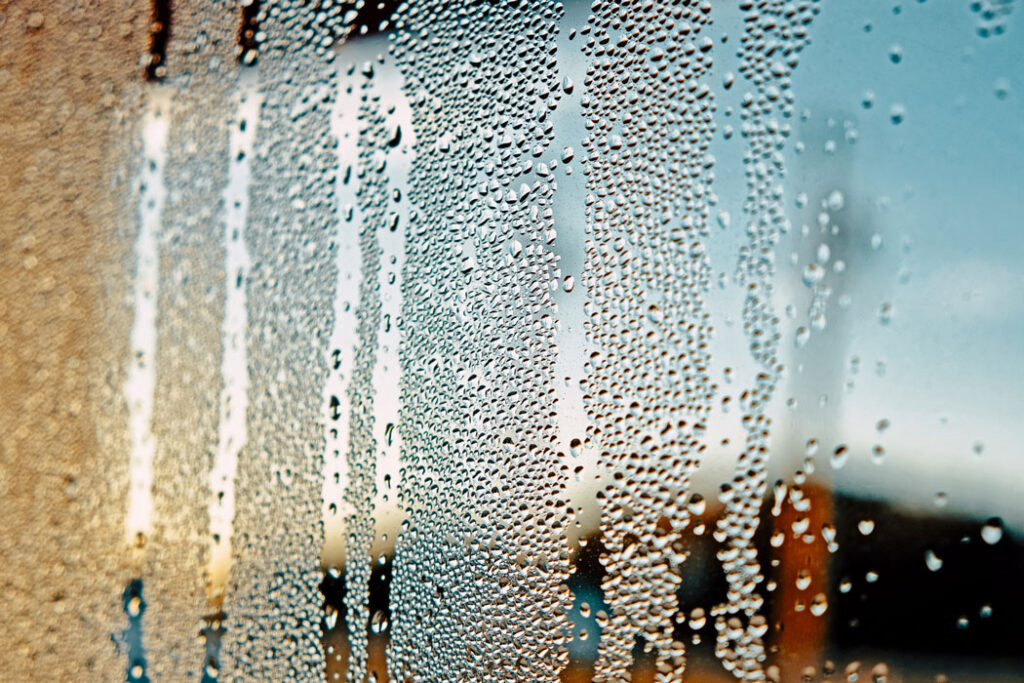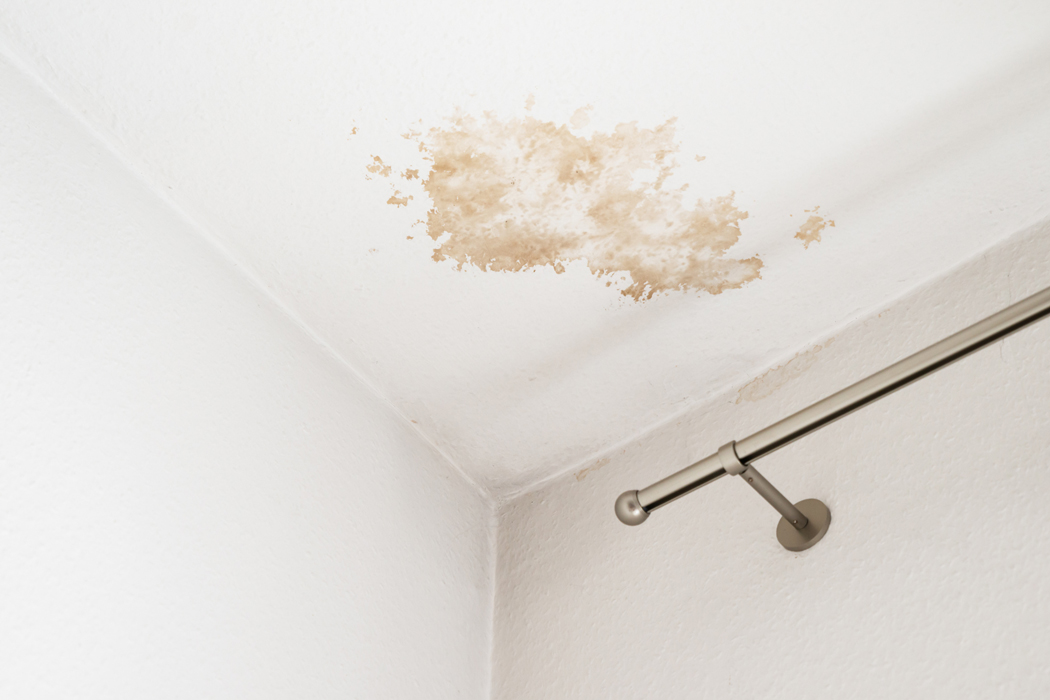Understanding how weather conditions influence mold growth is crucial for homeowners looking to prevent and manage mold issues effectively. At Arizona Mold Removal Pros, we recognize the significant role weather plays in mold development and spread. Let’s delve into how different weather factors can affect mold growth and what steps you can take to mitigate these effects.
1. Moisture Levels
Impact: Mold thrives in moist environments, making humidity levels a primary factor in mold growth. High humidity provides the necessary moisture for mold spores to germinate and spread.
Mitigation:
- Dehumidification: Use dehumidifiers to maintain indoor humidity levels below 60%.
- Ventilation: Ensure proper ventilation in bathrooms, kitchens, and other areas prone to moisture buildup.
- Repair Leaks: Promptly repair leaks in roofs, plumbing, and windows to prevent excess moisture.
2. Temperature
Impact: Mold prefers temperatures between 60°F and 80°F (15.5°C – 26.5°C). Warmer temperatures accelerate mold growth, while cooler temperatures can slow it down but not necessarily stop it entirely.
Mitigation:
- Maintain HVAC Systems: Ensure your heating, ventilation, and air conditioning systems are functioning properly to regulate indoor temperatures.
- Insulate: Properly insulate walls, ceilings, and floors to prevent temperature fluctuations that can lead to condensation.
3. Precipitation
Impact: Heavy rain and flooding can introduce significant moisture into homes, providing ideal conditions for mold growth. Wet weather can also saturate building materials, promoting mold colonization.
Mitigation:
- Roof and Gutter Maintenance: Keep gutters clean and ensure downspouts direct water away from the foundation.
- Seal Entry Points: Check for gaps around windows, doors, and foundations that could allow water ingress during rainstorms.
- Foundation Waterproofing: Consider waterproofing basements and crawl spaces to prevent water intrusion.
4. Seasonal Changes
Impact: Mold growth can fluctuate with seasonal changes. In humid climates, mold growth may be more prevalent during warm, wet seasons. In colder climates, condensation and moisture buildup indoors during heating season can promote mold growth.
Mitigation:
- Seasonal Maintenance: Adjust your mold prevention strategies based on seasonal changes in weather patterns.
- Monitor Indoor Conditions: Use hygrometers to track indoor humidity levels year-round and take appropriate actions to maintain them within optimal ranges.
5. Sunlight Exposure
Impact: Sunlight can inhibit mold growth as mold thrives in dark, damp environments. Areas exposed to sunlight tend to have lower humidity levels and faster drying times, reducing mold growth potential.
Mitigation:
- Maximize Natural Light: Keep curtains open during the day to allow sunlight into rooms prone to moisture buildup.
- Trim Vegetation: Trim trees and shrubs around your home to allow more sunlight to reach exterior walls and surfaces.
Conclusion
Weather conditions play a significant role in mold growth, affecting moisture levels, temperature, and seasonal variations. By understanding these influences and implementing proactive measures like moisture control, proper ventilation, and regular maintenance, homeowners can effectively mitigate mold growth risks. If you suspect mold or need professional assistance with mold inspection and remediation, contact Arizona Mold Removal Pros. We’re here to help you maintain a healthy, mold-free environment in your home.
For more information or to schedule a consultation, reach out to us today. Together, let’s ensure your home remains a safe and comfortable place for you and your family.



